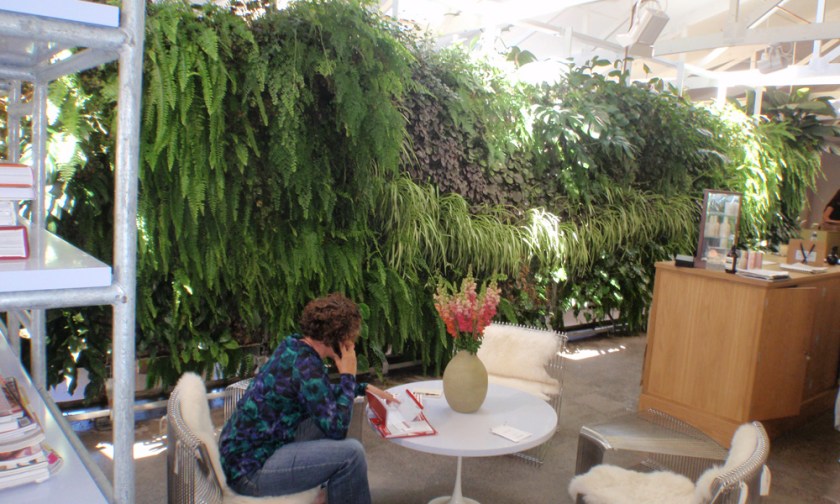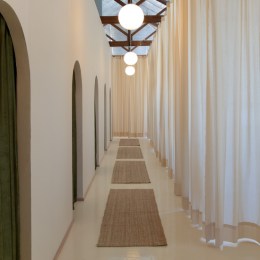Getting back to nature, to use a well-worn expression, is one of the greatest respites and re-boots you can give mind, body and spirit.
Research shows that the environments in which we live and work can either increase or reduce stress, which in turn impacts our bodies.
What you are seeing, hearing and experiencing at any moment is changing not only your mood, but how your nervous, endocrine, and immune systems are working.
The stress of an unpleasant environment can cause you to feel anxious, or sad, or helpless. This in turn elevates blood pressure, heart rate, and muscle tension and suppresses your immune system. A pleasing environment – such as exposure to nature – reverses that.
Nature heals and soothes. Being in nature, or even viewing scenes of nature, reduces anger, fear, and stress and increases pleasant feelings. It not only makes us feel better emotionally, but contributes tophysical wellbeing, reducing blood pressure, heart rate, muscle tension, and the production of stress hormones.
In addition, nature helps us cope with pain. Because we are genetically programmed to find trees, plants, water, and other nature elements engrossing, we are absorbed by nature scenes and distracted from our pain and discomfort.
According to a series of field studies conducted by Kuo and Coley at the Human Environment Research Lab, at the University of Illinois, Chicago, time spent in nature connects us to each other and the larger world.
Another study at the university suggests that residents in Chicago public housing who had trees and green space around their building reported knowing more people, having stronger feelings of unity with neighbours, being more concerned with helping and supporting each other, and having stronger feelings of belonging than tenants in buildings without trees.
In addition to this greater sense of community, they had a reduced risk of street crime, lower levels of violence and aggression between domestic partners, and a better capacity to cope with life’s demands, especially the stresses of living in poverty.
“Nature deprivation,” a lack of time in the natural world, largely due to hours spent in front of TV or computer screens, has been associated, unsurprisingly, with depression.
But for those of us (ie. the vast majority of the Australian population circa 2017) living and working in urban scapes, and bound by frantic schedules and myriad responsibilities, there is too little opportunity to lose ourselves (so as to recoup our selves) in nature’s wonderland.
So let’s invite nature into our homes and salons, spas and clinics instead, to enhance both our own wellbeing and the ambience of the spaces in which we spend so much time. In an SSC environment it also ups the ante of the client experience.
The popularity of greenwalls has significantly grown over the past few years, says Mark Paul, horticulturist and founder of The Greenwall Company.
But he fears too many people are opting for fake greenery because they believe it is lower maintenance and ultimately cheaper, yet there are significant drawbacks.
“Although the aesthetic of a fake greenwall can be appealing and the faux plant choice has expanded over the years, there are a number of things to consider,” he says.
“Aside from the lack of health benefits, they are a fire hazard due to the chemicals they are treated with and the dust they collect.
“The same dust can cause an increase in allergies, especially when placed in closed office spaces. After a number of media reported `greenwall fires’ – all in fake greenwalls – many commercial property managers have banned them and had existing ones removed.
“By comparison, the benefits of a living greenwall include:
- Improved air quality in urban environments. Living walls will actually filter out harmful pollutants [VOCs] and dust rather than attracting them.
- They are aesthetically appealing. Greenwalls can be designed as a standout feature or blend into the natural environment.
- Lower power bills. Living greenwalls help to regulate the temperature of the building they are installed on.
- Sound insulation. Living greenwalls can absorb up to 10 decibels of sound, which is why they are a great option for office environments.
- Lower maintenance. Living greenwalls are fitted with an automated irrigation system enabling them to essentially look after themselves.
The Greenwall Company is the pioneer of greenwalls and green roofs in Australia. It uses award-winning design techniques across both residential and commercial projects, bringing greenwalls to a new level of integration within the urban environment.
Their vision is to reclaim the urban environment, wrapping facades of buildings with epiphytic and lithophytic plants creating living, breathing architectural function.




